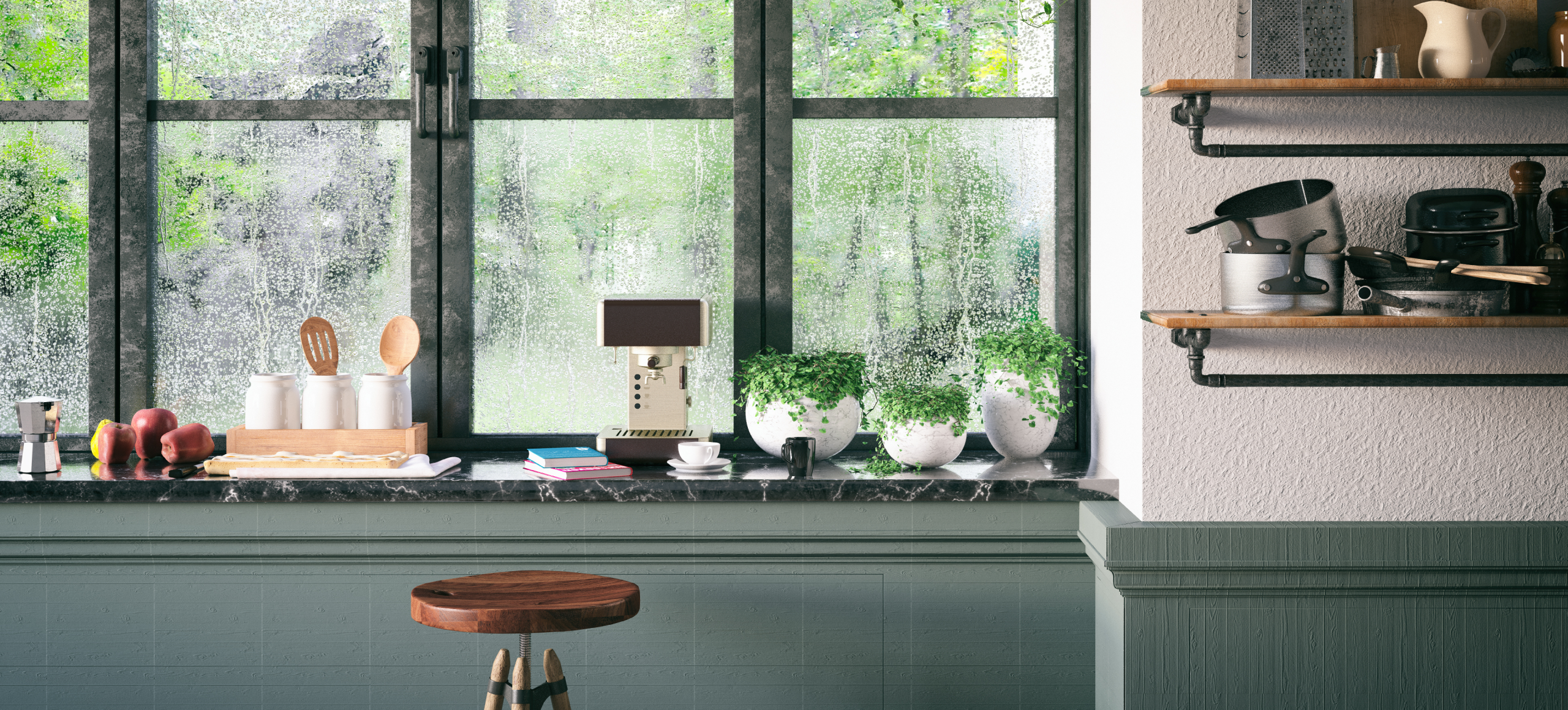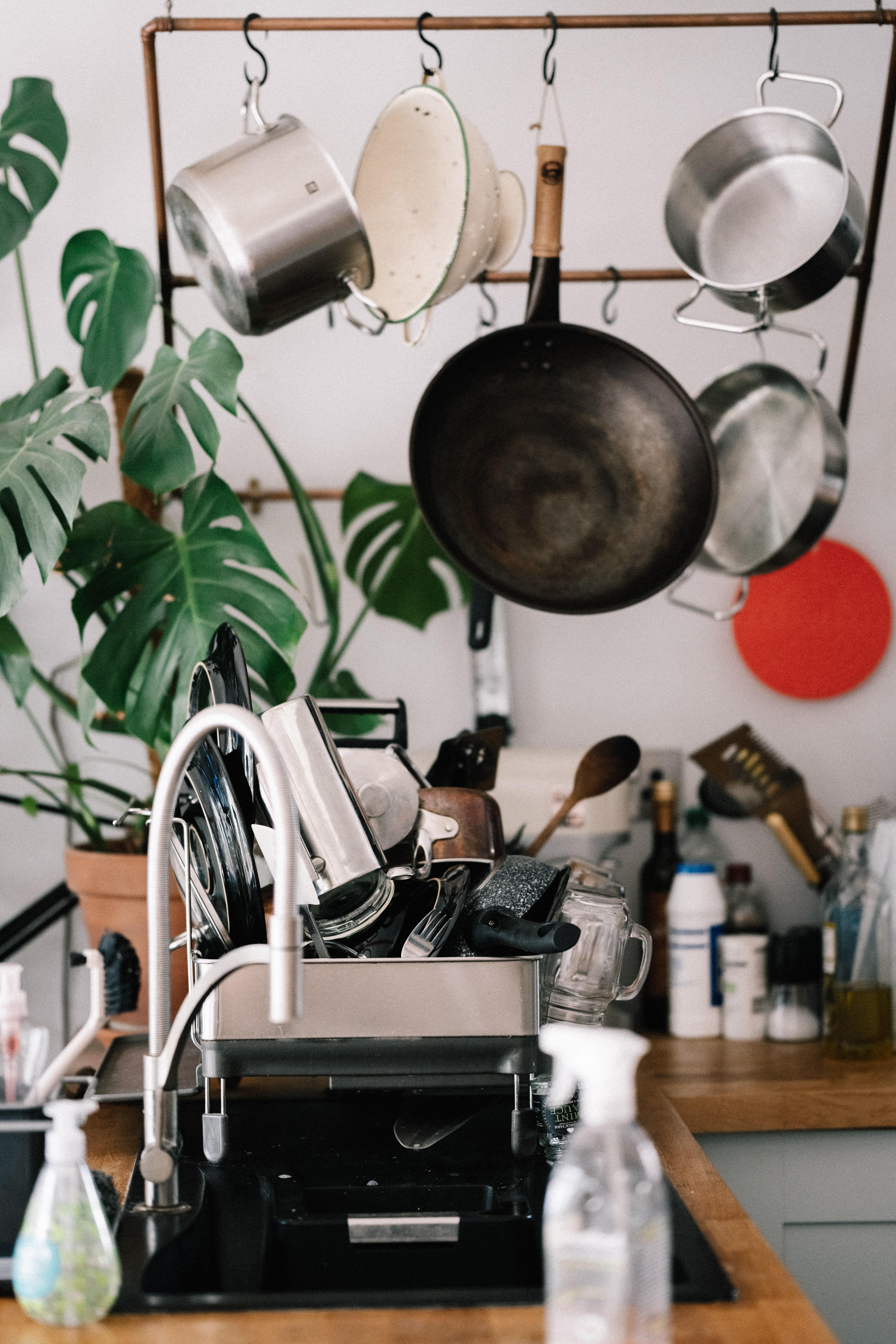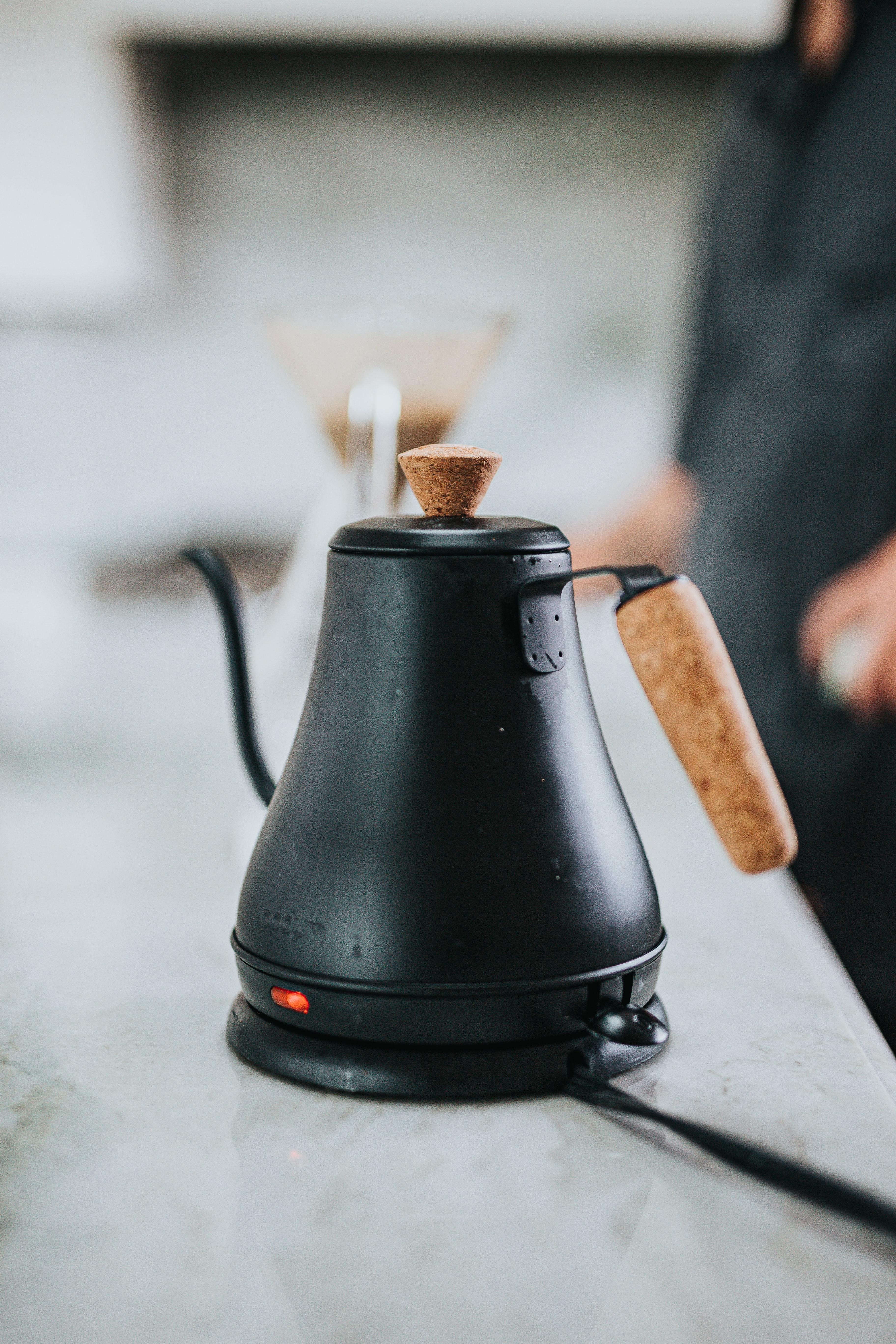You can remove limescale easily with any mild acid. Household items like vinegar or lemon juice work well. White vinegar is the most common vinegar choice, but any should work. The vinegar or citric acid from your citrus fruit will cause the limescale to dissolve. After cleaning and rinsing the now-clean area, you're sure to notice a difference.
For products like kettles or coffee machines, use the manufacturers recommended amount of eco-friendly descaling liquid into the jug of the appliance and follow the cleaning instructions, which often involve letting the liquid sit for at least an hour. Then your instructions will likely tell you to fill the kettle or coffee machine jug with water and set it to boil. Pour away the boiled water and give the jug a good rinse. Repeating the cleaning process may be necessary dependent on the level or scale deposit in the appliance
For other limescale surface deposits, you can use a spray bottle that you fill with lemon juice or vinegar so that you can spray at any unsightly stains. This technique is especially useful when addressing stubborn limescale on your shower screen or shower head. Consider wearing rubber gloves if you want to avoid getting white vinegar or lemon juice on your hands. Use a soft cloth and gently rub at the limescale to get rid of the limescale stains. If you notice leftover limescale, repeat the process until you're happy with the look.







